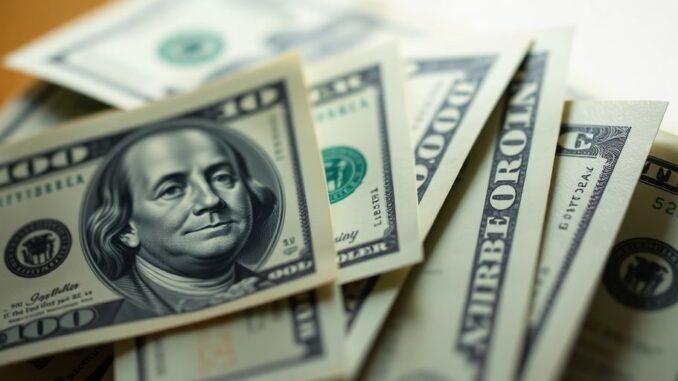
The Federal Reserve’s recent decision to maintain interest rates steady is providing a welcome reprieve for savers. This move is expected to keep yields on high-yield savings accounts and certificates of deposit (CDs) attractive in the near term, allowing individuals to continue maximizing their returns on deposited funds.
High-Yield Savings Accounts Remain Attractive
The Federal Reserve’s pause on interest rate hikes, following a series of increases to combat inflation, has resulted in a stabilization of savings account yields. This means that many high-yield savings accounts (HYSAs) and certificates of deposit (CDs) are still offering competitive annual percentage yields (APYs), with some surpassing 4%. This environment is beneficial for individuals looking to grow their savings effectively and potentially outpace inflation.
Locking in CD Rates Offers Stability
For savers concerned about potential future rate decreases, opening a certificate of deposit (CD) account presents a viable strategy. Unlike savings accounts, the APY on a CD is fixed. By locking in funds now, savers can secure a higher rate of return until the CD matures, regardless of subsequent Federal Reserve decisions. However, it’s important for individuals to be comfortable with the inability to access their funds during the CD’s term.
Key Takeaways:
- Stable Yields: Expect high-yield savings accounts and CDs to continue offering attractive APYs in the short term.
- CDs for Security: CDs provide a way to lock in current high rates, offering protection against future rate declines.
- Future Outlook: Future Federal Reserve decisions on interest rates will be influenced by economic indicators like inflation and employment data.
Federal Reserve’s Monetary Policy Shift
Beginning in March 2022, the Federal Reserve implemented 11 interest rate hikes to address soaring inflation, which had reached a peak of 9.1%. This aggressive monetary tightening brought the federal funds rate to a range of 5.25% to 5.50%, the highest in 23 years. However, as inflation began to moderate, the Fed shifted its approach, choosing to hold rates steady in the first quarter of 2025. This pause has led to a stabilization, and in some instances, a slight decrease in savings rates as financial institutions adjust their offerings. The current outlook suggests it is unlikely the Fed will cut rates at its upcoming meeting, providing a favorable window for savers to capitalize on existing high yields.
Sources
- What a Fed Rate Cut Means for Savings, Kiplinger.

